How to Upload a PDF to ChatGPT Easily
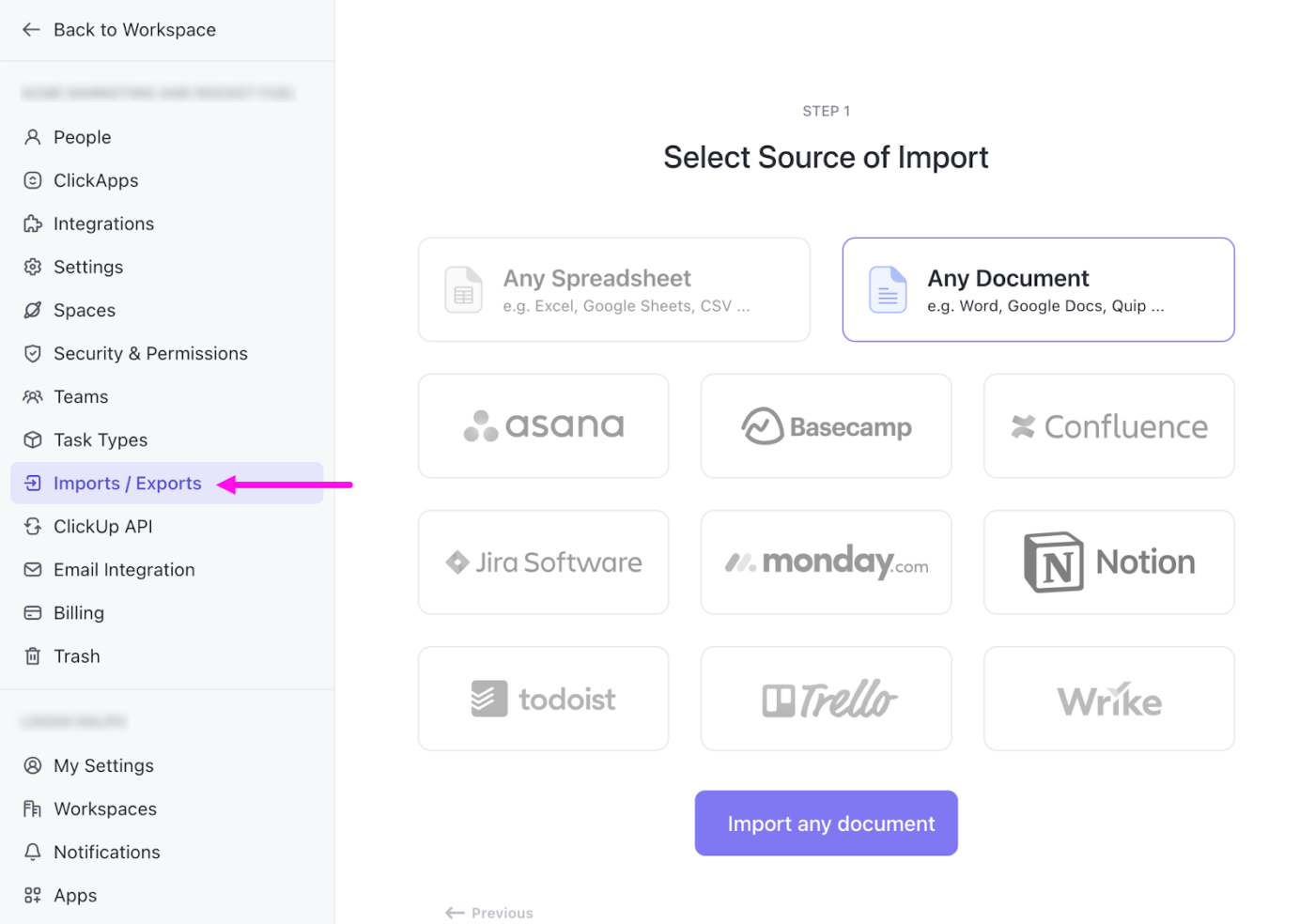
Sorry, there were no results found for “”
Sorry, there were no results found for “”
Sorry, there were no results found for “”

Ella, a product manager at a busy tech company, often spent hours reviewing PDF documents, from project specs to marketing briefs. But everything changed when she learned how to upload a PDF to ChatGPT.
Instead of manually sifting through lengthy documents, Ella now uploads her files and gets instant summaries, answers, and data, saving her hours each week!
For professionals like Ella, ChatGPT isn’t just a chatbot; it’s a productivity tool that also transforms how we work with PDFs.
Whether you manage reports, study proposals, or summarize research papers, uploading PDFs to ChatGPT helps you get to the key insights faster. Let’s explore how to upload PDF files to ChatGPT and simplify your work.
Here are the steps to upload a PDF to ChatGPT:
ChatGPT is an AI-powered language model designed to understand and generate human-like text. Developed by OpenAI, it can assist with everything, from answering questions to generating content.
One of its most powerful features is its ability to process PDF documents. ChatGPT’s file uploader and AI tools help you significantly streamline workflows and reduce manual work.
Here’s how ChatGPT can help Ella (and you) manage those PDF files:
Now, instead of spending hours with a stack of PDFs, Ella can upload the document to ChatGPT, letting the tool do the heavy lifting so she can focus on more impactful tasks.
You can upload PDFs to ChatGPT quickly, enabling tasks like summarizing reports, analyzing research, and extracting insights effortlessly—just like Ella in our story!
Here’s how you can upload your PDF file and get started:
First, make sure you’re logged into your ChatGPT account. If you don’t have one, creating a free account will only take a minute.
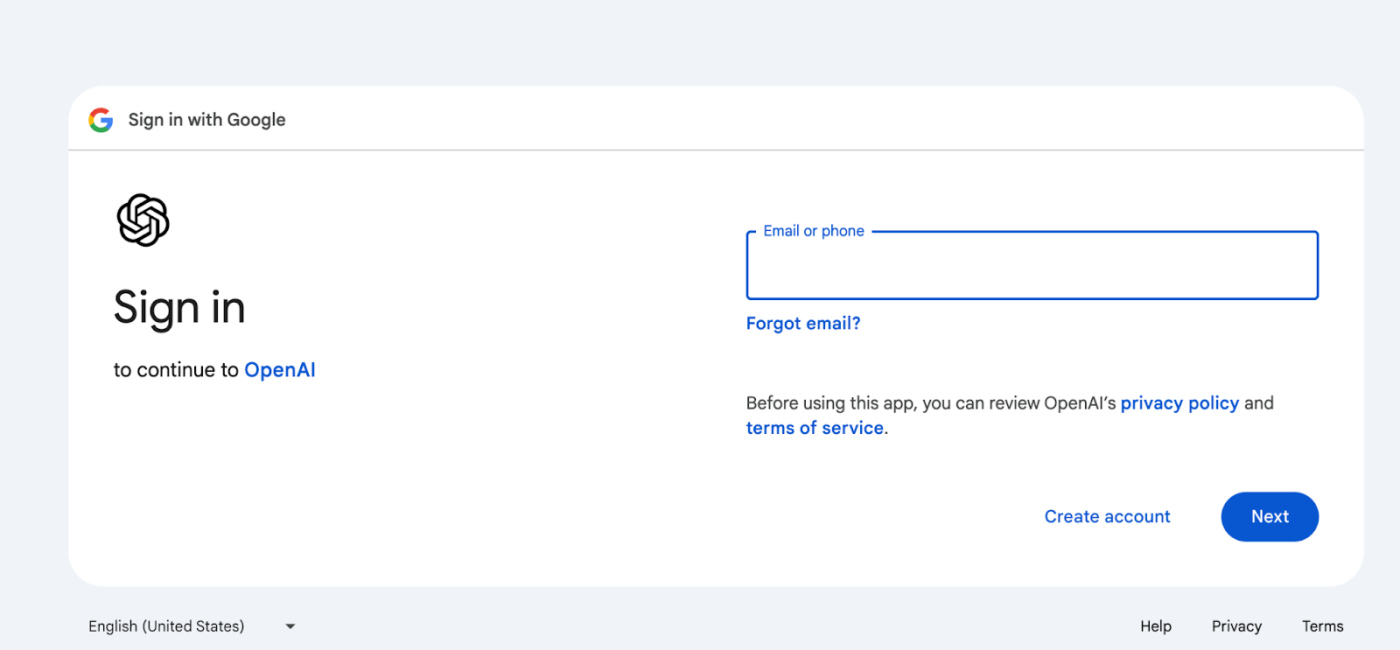
The file uploader feature (look for the paperclip icon) is located in the chat interface. This feature allows you to upload your PDF files directly into ChatGPT.
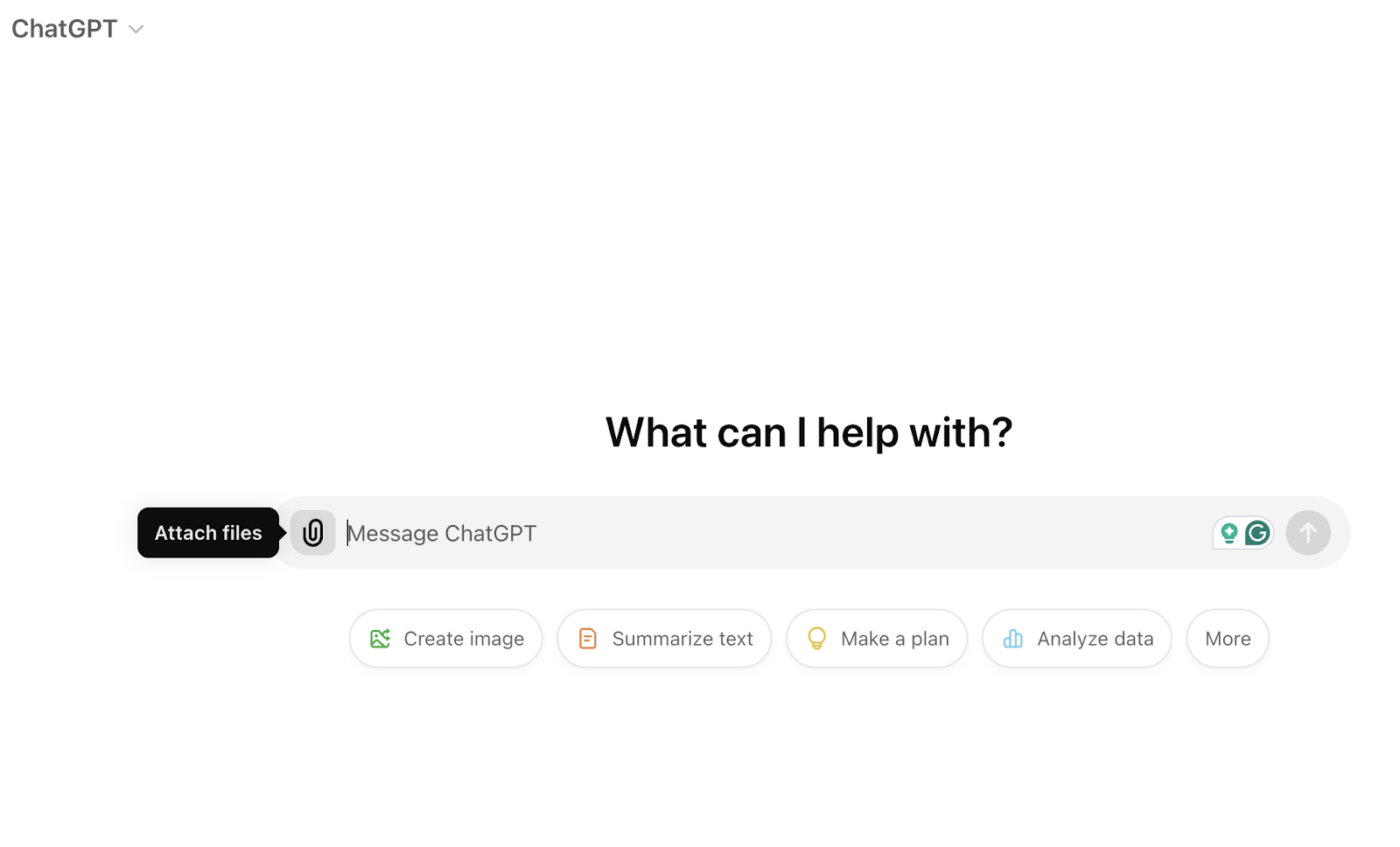
Search your PDF to see if it contains the info you need, then click the upload PDF button, and upload it from your computer. Once the file is uploaded, ChatGPT will automatically process it for analysis.
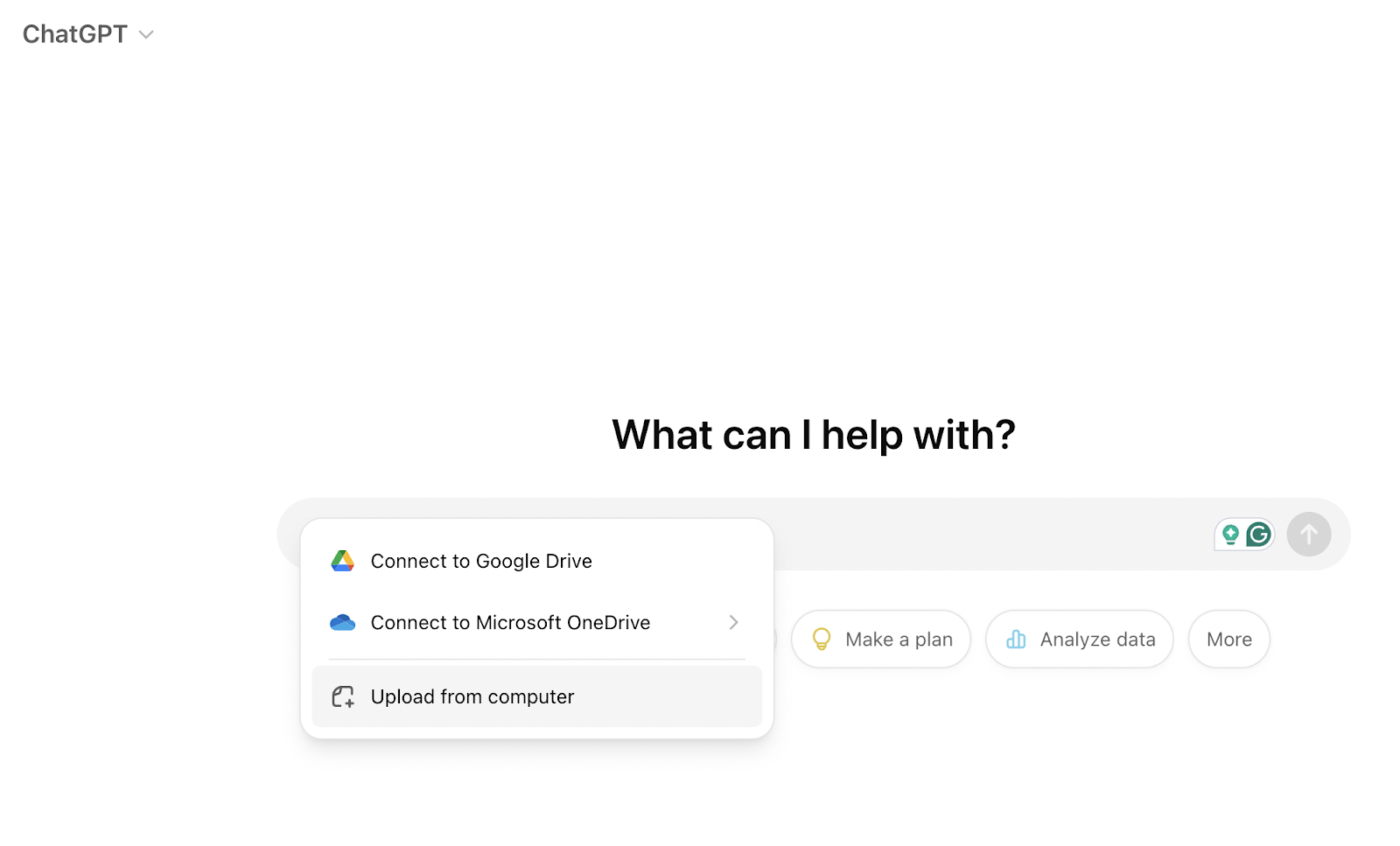
After uploading, you can ask ChatGPT-specific questions related to the PDF document.
Whether you need a summary, an analysis of key points, or a deep dive into the content, ChatGPT will provide insights from your uploaded documents.

And voila, that’s all!
Now you understand how ChatGPT works for uploading and interacting with PDFs.
💡 Pro Tip: Be very specific about the analysis or content generation you seek. ChatGPT’s response is only as good as your prompt, so the more specific your prompt is, the better.
ChatGPT offers several alternative ways to work with PDFs beyond direct uploads, depending on your needs. These methods can help you enhance your workflow and boost efficiency.
Plugins like AskYourPDF are great for analyzing PDFs and offer several advantages:
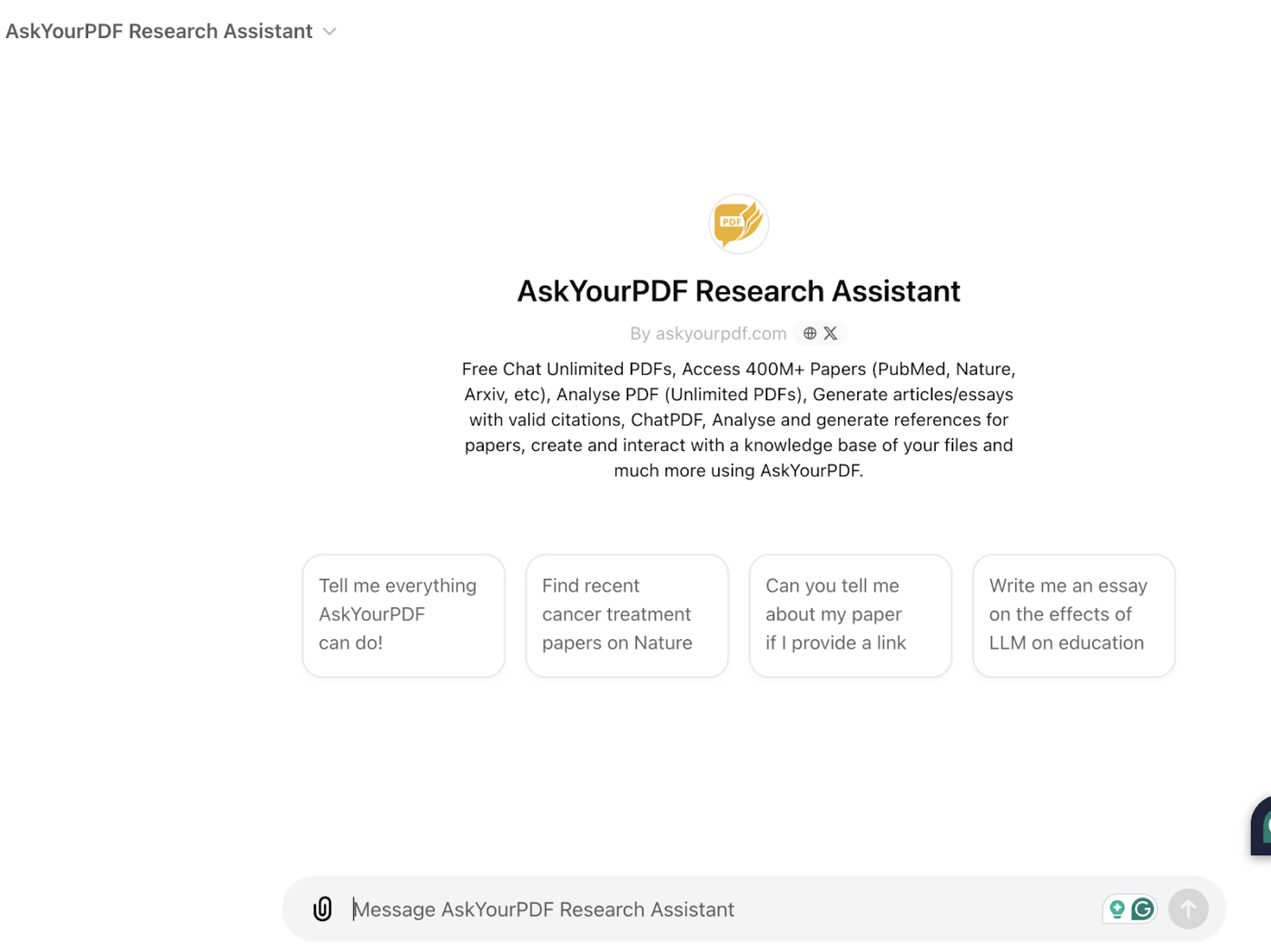
For those who need only specific sections of a PDF, copy-pasting is a quick and efficient option.
Key benefits include:
💡 Pro Tip: Use OCR (Optical Character Recognition) tools for scanned PDFs or images to extract text that isn’t selectable, ensuring you capture all the necessary content seamlessly.
For larger PDFs that might exceed size limits, cloud storage services like Google Drive or Dropbox can be helpful. This method provides:
Also Read: Best ChatGPT Alternatives for Marketing
To get the most out of ChatGPT when working with PDFs, following these best practices ensures smooth interactions and accurate results:
Uploading excessively large files might lead to errors or processing delays. Break down the PDF into smaller sections if necessary. For instance:
Organize your PDFs with clear, descriptive file names to avoid confusion when uploading or managing multiple documents.
Ensure that the content in your PDF is well-structured for better analysis. For this:
If you’re using a plugin like AskYourPDF, ensure it’s correctly set up for optimal performance.
Before diving into an extensive analysis, test ChatGPT’s capabilities with a small section of the PDF to refine your approach.
When handling sensitive data, take precautions to protect the information in your PDF files.
While following best practices can enhance your experience with ChatGPT, it’s equally important to understand its limitations when working with documents to set realistic expectations.
Also Read: ChatGPT Use Cases for Businesses
Despite its impressive capabilities, ChatGPT has some limitations when working with documents like PDFs. Being mindful of these can help you avoid common pitfalls and make the most of this tool.
ChatGPT has limitations on the size of documents it can process. Large files or documents with excessive content might need to be split into smaller sections for analysis.
ChatGPT can retain context only for a limited number of tokens when processing documents. This means lengthy PDFs might not be fully analyzed in one go, potentially leading to incomplete or disjointed responses.
PDFs with complex formatting, such as tables, images, or non-standard fonts, may not translate well into the input ChatGPT can analyze. This may lead to misinterpretation of critical data or omission during the conversion process.
While ChatGPT excels at summarizing and analyzing text, highly technical, legal, or nuanced documents might require additional verification or expertise for accurate insights.
ChatGPT may analyze PDF files, but its job ends there. It doesn’t have task management capabilities to action those insights, convert them into tasks, and assign them to relevant team members.
Fortunately, ClickUp has powerful features that can address these gaps, providing a more comprehensive solution for document management.
Managing documents can feel like a gargantuan task, especially when working across different file formats and platforms.
While ChatGPT offers a unique way to analyze documents, ClickUp complements this with a comprehensive suite of document management tools. Designed to simplify workflows, ClickUp tools improve collaboration, and keep everything organized in one place.
Imagine you’ve just analyzed a PDF using ChatGPT and need to integrate the insights into your broader project. This is where ClickUp shines—bridging the gap between insights and implementation.
ClickUp Docs gives you multiple ways to add and manage PDFs within your workspace. You can create or upload documents from many spots—the sidebar, views bar, location header, toolbar, or Docs Hub.

Say you’re working on a client project. You might have meeting notes, contracts, and research PDFs scattered across different tools.
Instead of jumping between apps, you can keep everything in one spot. Drop your PDFs into ClickUp, and they’ll be right there alongside your tasks and project plans.
But it’s not just about storing files.
ClickUp’s Connected Search makes finding specific documents easy. Need that market research PDF from last month? Just type a few keywords into the Command Center, and you’ll spot it instantly.

Version tracking is another handy feature. Every time someone updates a document, ClickUp automatically saves the previous version. This means you can always go back to an earlier draft if needed.
📮 ClickUp Insight: 30% of our respondents rely on AI tools for research and information gathering. But is there an AI that helps you find that one lost file at work or that important doc you forgot to save?
Yes! ClickUp’s AI-powered Connected Search can instantly search across all your workspace content, including integrated third-party apps, pulling up insights, resources, and answers. Save up to 5 hours a week with ClickUp’s advanced search!
Also Read: ChatGPT vs. ClickUp
ClickUp Brain, an AI tool, can turn lengthy PDFs into actionable insights.
When you upload a document, Brain can create a quick summary that captures the main points. Place this summary at the top of your Doc, and team members can grasp the key ideas at a glance.

For example, if you upload a 20-page product requirements document, ClickUp Brain can pull out the core features and requirements. You can turn these points into ClickUp Tasks, complete with descriptions, assignees, and due dates.
The AI also helps with progress tracking. As your team works through the PDF content, you can use AI-powered Custom Fields to generate updates automatically. This keeps everyone informed without manual status reports.
Our most recent appreciation of the collaborative impact of ClickUp was when working on a Content plan for a product launch. We were able to build and maintain a content repository using the docs tool, that included hierarchical structure, collaborative editing, and powerful embedding features.
ChatGPT can summarize PDFs, but what if your AI could listen, transcribe, and act on insights automatically—even from voice notes tied to your files? That’s where ClickUp Brain Max comes in.

With Brain Max’s Talk-to-Text capabilities, you can:
This makes it easy to capture insights on the go—whether you’re reviewing a PDF, brainstorming on a call, or walking between meetings. Instead of just analyzing documents, Brain Max ensures your thoughts become structured, trackable work in ClickUp.
💡 Pro Tip: Use Talk-to-Text when reviewing long PDFs—simply speak out highlights or action points, and Brain Max will turn them into tasks linked directly to the document.
Once you’ve got your PDF insights from ChatGPT, ClickUp makes sharing and discussing them simple. Multiple team members can work on the same document simultaneously, with live cursor tracking that shows who is editing what.

Need feedback on specific points? Drop in @mentions or comments right next to the relevant text. For instance, you might tag your product manager to review a feature suggestion from the ChatGPT analysis.
You can also embed tasks directly in your documents.
See an action item in the ChatGPT output? Create a task, assign it to a team member, and set a due date. The task inherits all regular ClickUp features to track progress and get notifications.
For sensitive information, ClickUp’s sharing controls let you decide who can view or edit each document. Share as public links when needed, but keep confidential insights protected by adding specific users as document guests.
Managing PDFs and other documents doesn’t have to be cumbersome. Workflows can be optimized by integrating tools like ChatGPT for content extraction and ClickUp for document organization, task automation, and team collaboration.
Features like ClickUp Docs, AI-powered task creation, and real-time document sharing help simplify the process, ensuring that insights from PDFs are accessible and actionable for your team.
With the right strategies and tools in place, document management can become a seamless part of your team’s productivity toolkit.
What are you waiting for?
© 2025 ClickUp